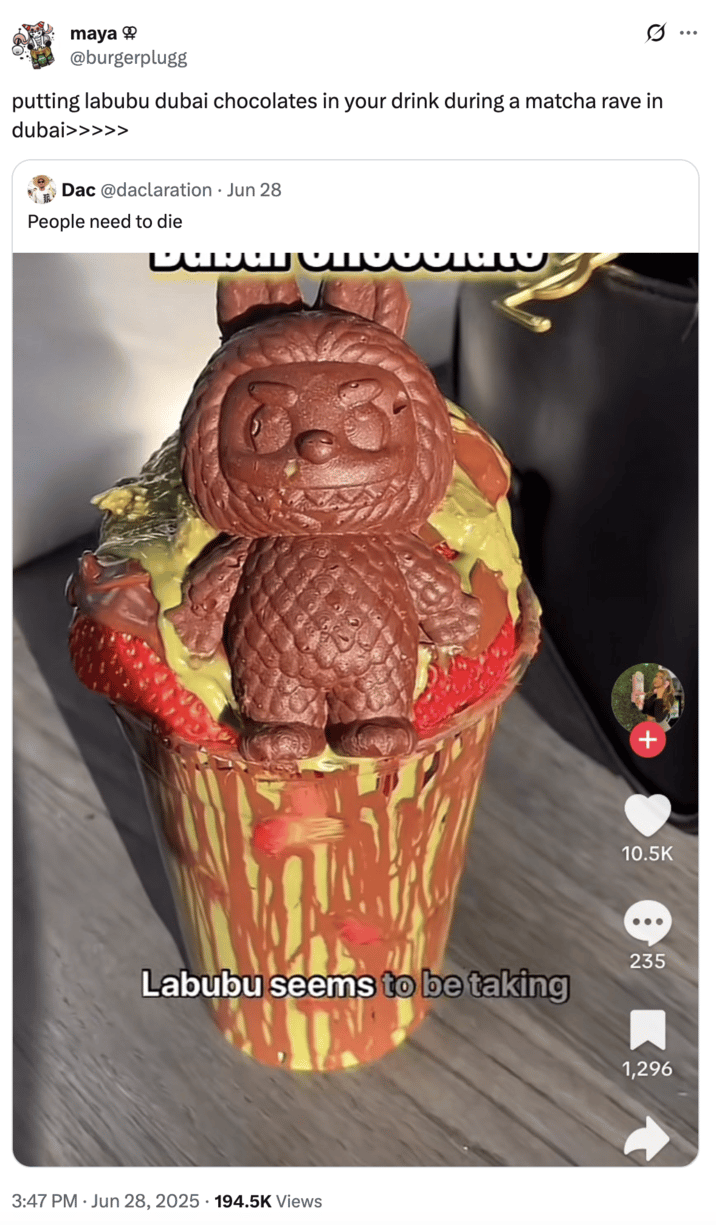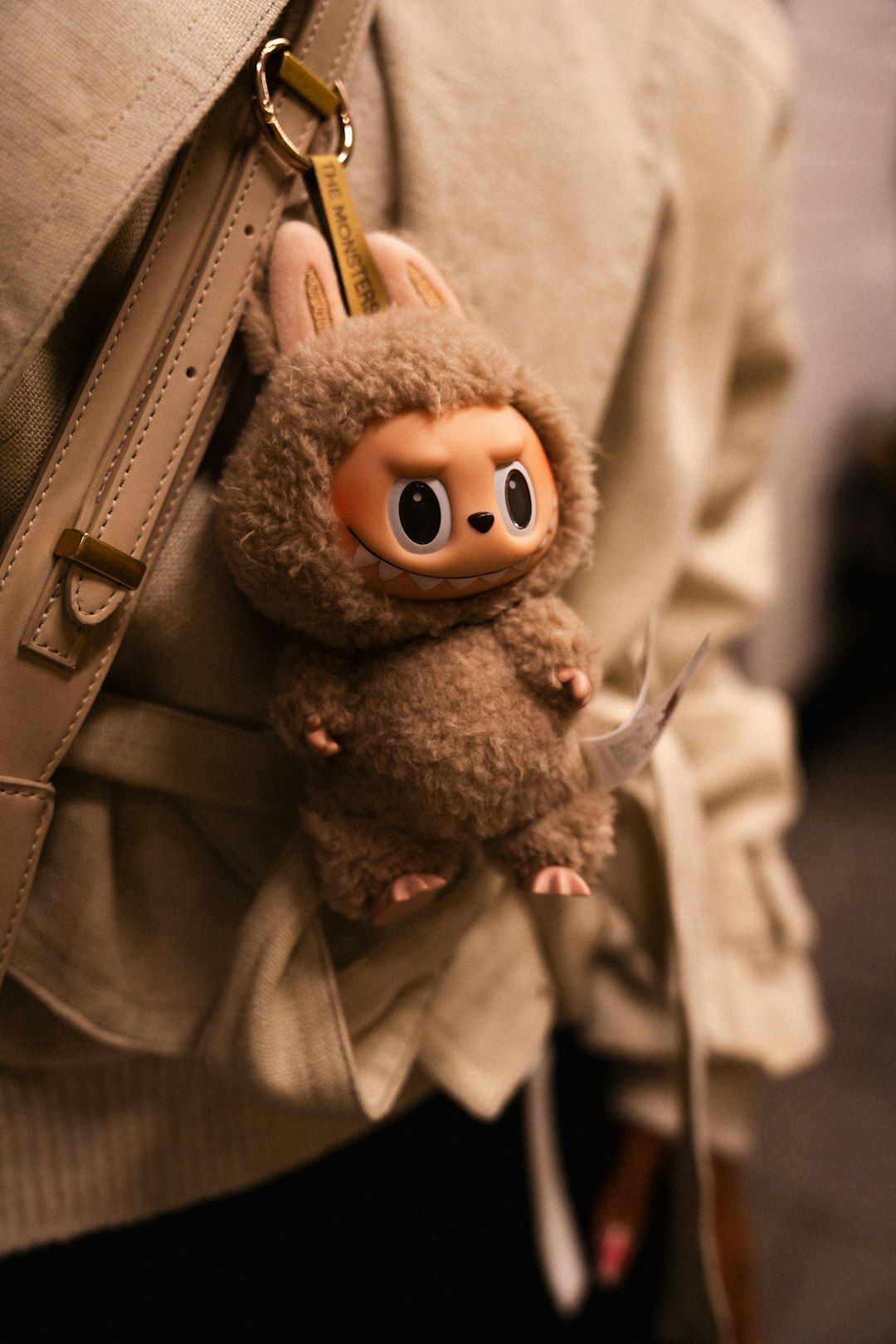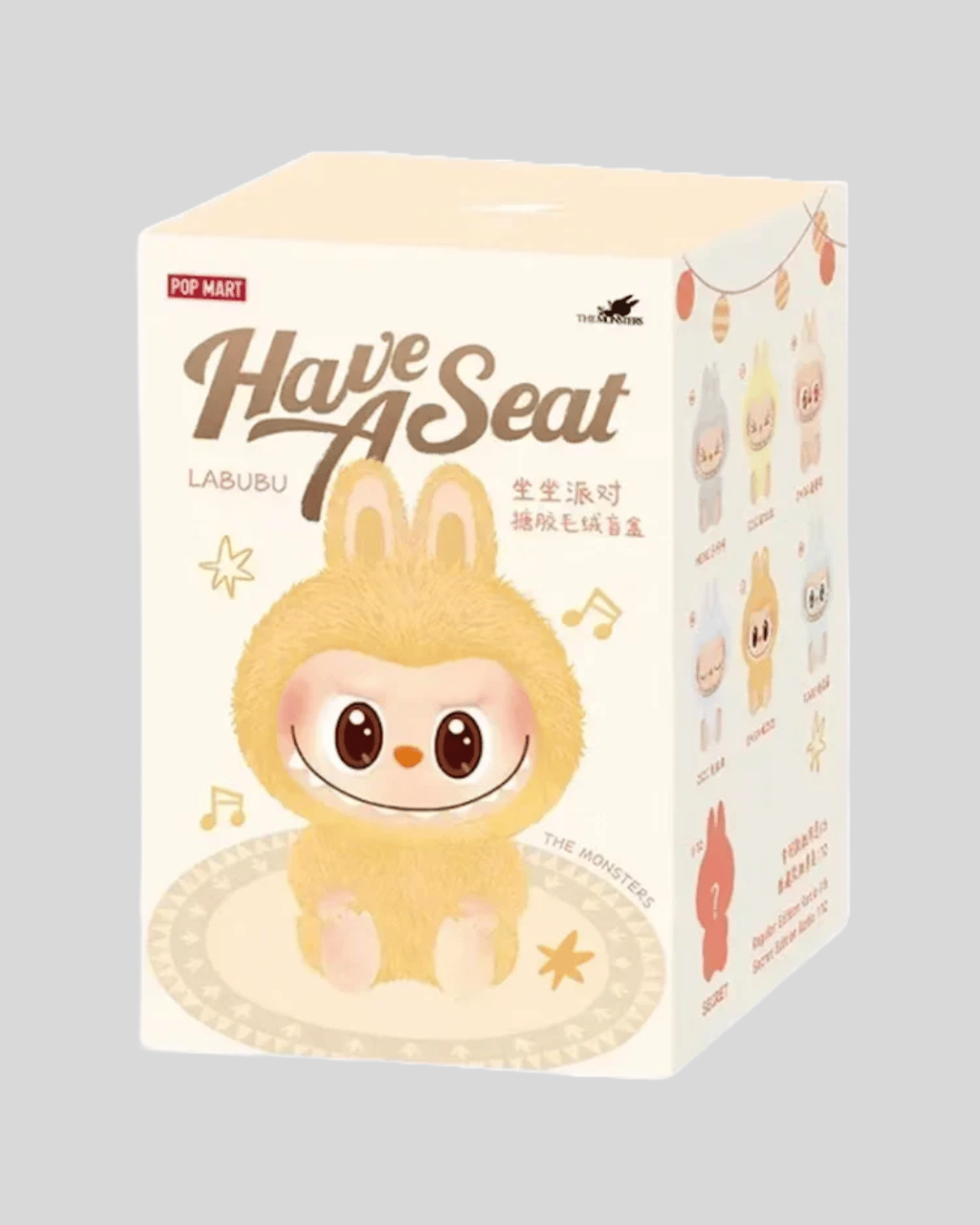- Built to Last
- Posts
- From Dubai Chocolate Labubu Matcha Raves to Global Collectible Chaos
From Dubai Chocolate Labubu Matcha Raves to Global Collectible Chaos
How Pop Mart's one strange rabbit built a fanbase bigger than most fandoms making them valued at over $14 Billion and what it teaches us about modern scarcity.
Welcome Back Builders!
I hope everyone had an amazing weekend! Welcome to all the new readers we’ve gotten this week. We’re testing out another new format this week, and we’d love your feedback.
Pop Mart International isn’t your average business and this newsletter won’t be either. The Chinese collectibles giant is riding an explosive wave of global demand thanks to Labubu, a strange, sharp-toothed rabbit-like character that has become a pop-culture sensation. In the first half of 2025, Pop Mart’s profits surged over 350%, and stores from Seoul to San Francisco are seeing lines stretch around the block. But what’s more interesting isn’t just the hype, it’s how they’ve engineered it. This week, we’ll explore how Pop Mart created a billion-dollar collectible empire, what’s driving the Labubu craze, and why this moment feels a lot like the Beanie Baby boom of the 1990s with a more sophisticated playbook.
Let’s dig into the strategy behind one of the most viral physical product businesses on the planet.
The Rise of Pop Mart
Founded in 2010 in Beijing, Pop Mart began as a humble toy retailer selling various third-party brands. But founder Wang Ning quickly realized that the real power didn’t lie in distribution, it lay in owning the characters. By 2016, the company pivoted into developing original intellectual property (IP), focusing on “designer toys” that looked more like art pieces than children’s playthings. Their turning point came with the introduction of blind boxes which are sealed packages that hide which collectible figure is inside, gamifying the experience with rarity tiers and limited editions.
One of their earliest hits was the character Molly, but it was Labubu, created in partnership with the Hong Kong artist Kasing Lung that truly put Pop Mart on the map. Labubu’s eerie yet adorable look tapped into the Gen Z aesthetic of “ugly-cute,” making it perfect for TikTok virality. By 2020, Pop Mart went public on the Hong Kong Stock Exchange and raised over $675 million in its IPO. Since then, the company has opened flagship stores in more than 25 countries, launched vending machines across Asia and Europe, and collaborated with brands like Disney and Sanrio to expand its reach.
With nearly 20 proprietary characters and dozens of seasonal drops per year, Pop Mart didn’t just revive the collectible toy industry, it redefined it for the algorithm age.
Current News
In July 2025, Pop Mart International reported a 350% year-over-year profit increase for the first half of the year. Much of this spike was driven by skyrocketing demand for Labubu, which has evolved into a full-blown collectible phenomenon. Secondary market resellers are flipping limited edition figures for hundreds even thousands of dollars. Stores are selling out in minutes, with viral videos of unboxings and store openings helping fuel the hype.
Revenue crossed $460 million in H1 2025, a massive leap from the same period last year. The company has doubled down on international expansion, opening stores in Los Angeles, Seoul, Jakarta, and more. They've also rolled out themed cafes, Labubu-branded apparel, and augmented reality integrations that let users bring characters into real life through apps.
Behind the scenes, Pop Mart is actively hiring in Europe and North America to support growth, with plans to increase global store count by 30% over the next 12 months. In Hong Kong and Tokyo, lines for Labubu releases have become a regular fixture sometimes requiring ticketing systems to prevent chaos. International buyers are increasingly flying to Asia just to secure rare figures firsthand, fueling a cottage industry of “drop shoppers.” Pop Mart’s executives have also hinted at expanding their IP into media and entertainment, including potential animated shorts and mobile games. That shift would take Labubu from shelves to screens deepening engagement while creating new monetization paths. Analysts believe this vertical integration is key to justifying the company’s nearly $14 billion market cap. In a world where physical products often fade quickly, Pop Mart is building something surprisingly sticky.

On June 28th, X user @burgerplugg quote-tweeted a Labubu Dubai Chocolate drink receiving over 7,800 likes in five days (shown above).
The Challenges
Pop Mart's model is powerful but it's not bulletproof.
First, the company’s reliance on a small pool of artists and creative IP makes scalability tricky. The characters must continuously evolve to avoid fatigue, and successful partnerships are hard to replicate. Counterfeiting has also exploded, especially across online marketplaces in China and Southeast Asia, forcing Pop Mart into a costly brand protection war.
The blind box format, while exciting, has come under fire for resembling gambling. Regulators in China and Europe have started raising concerns, especially regarding younger buyers and lack of transparency in odds. In response, Pop Mart has implemented voluntary spending limits and clearer packaging, but the scrutiny continues.
Pop Mart is also navigating supply chain strain. The demand for its toys regularly outpaces production, resulting in inconsistent inventory and consumer frustration. Managing hype while avoiding oversaturation is delicate, especially in Western markets unfamiliar with the blind box culture. Additionally, the company must adapt to a wide array of retail norms, import laws, and digital advertising restrictions as it enters new countries. Lastly, maintaining cultural relevance while scaling globally is difficult, what works in Tokyo might flop in Chicago. The team’s ability to localize without losing brand identity will be tested in the years ahead.
Deja Vu, Comparison To The Beanie Babies Craze
Remember Beanie Babies?
They exploded in the 1990s using many of the same ingredients: limited drops, collectible series, artificial scarcity, and fandom-driven hype. Ty Inc. created a sense of urgency by retiring certain characters and promoting exclusivity, but their approach lacked flexibility and narrative. The toys had basic bios and no evolving world. Pop Mart took that model and injected it with high-end design, deeper character storytelling, and digital-age infrastructure.
Another key difference is community engagement. While Beanie Babies relied on trade shows and printed collector guides, Pop Mart’s growth is fueled by influencers, fan-made content, and TikTok unboxings. The barrier to entry for Pop Mart is also higher, $10–$15 per box versus $5–$7 Beanie Babies giving the brand more perceived value. Perhaps most importantly, Pop Mart's retail presence (vending machines, cafes, art-show-style stores) turns collecting into a lifestyle, not just a hobby.
If Beanie Babies were the blockbuster VHS, Pop Mart is the collectible streaming platform.
Core Lesson
Scarcity and storytelling scale faster than product.
Pop Mart’s genius isn’t in the plastic, it’s in the process. The company mastered the emotional psychology behind scarcity, ritual, and discovery. Every Labubu release is a drop, an event, and a mystery. It turns casual customers into fans and fans into evangelists.
Their IP strategy is just as sharp. Rather than chase licensing deals, Pop Mart built their own universes. Labubu isn’t just a bunny, it’s a mischievous forest creature with lore, seasons, and variations that feel collectible and immersive.
That combination of scarcity + story turns a $10 toy into a $100 experience. And it’s one any modern founder can learn from.
Built To Last Community
Built to Last is for founders and operators who aim to build more than just a product. We’re read by founders who want a cultural presence, legacy, and enduring company. If you know anyone who feels this way, please consider forwarding this to them, it would mean the world to us as we grow this community.
Thanks for being part of the journey,
— The Built to Last Team
Start learning AI in 2025
Keeping up with AI is hard – we get it!
That’s why over 1M professionals read Superhuman AI to stay ahead.
Get daily AI news, tools, and tutorials
Learn new AI skills you can use at work in 3 mins a day
Become 10X more productive

